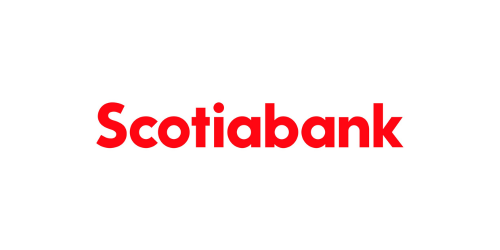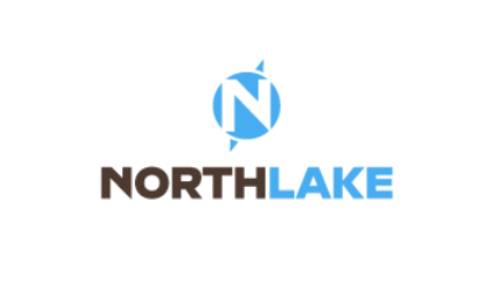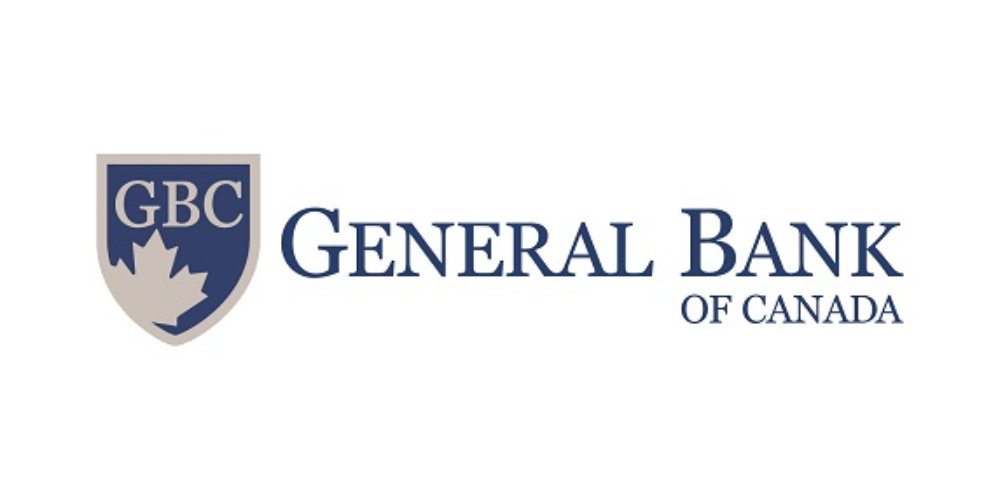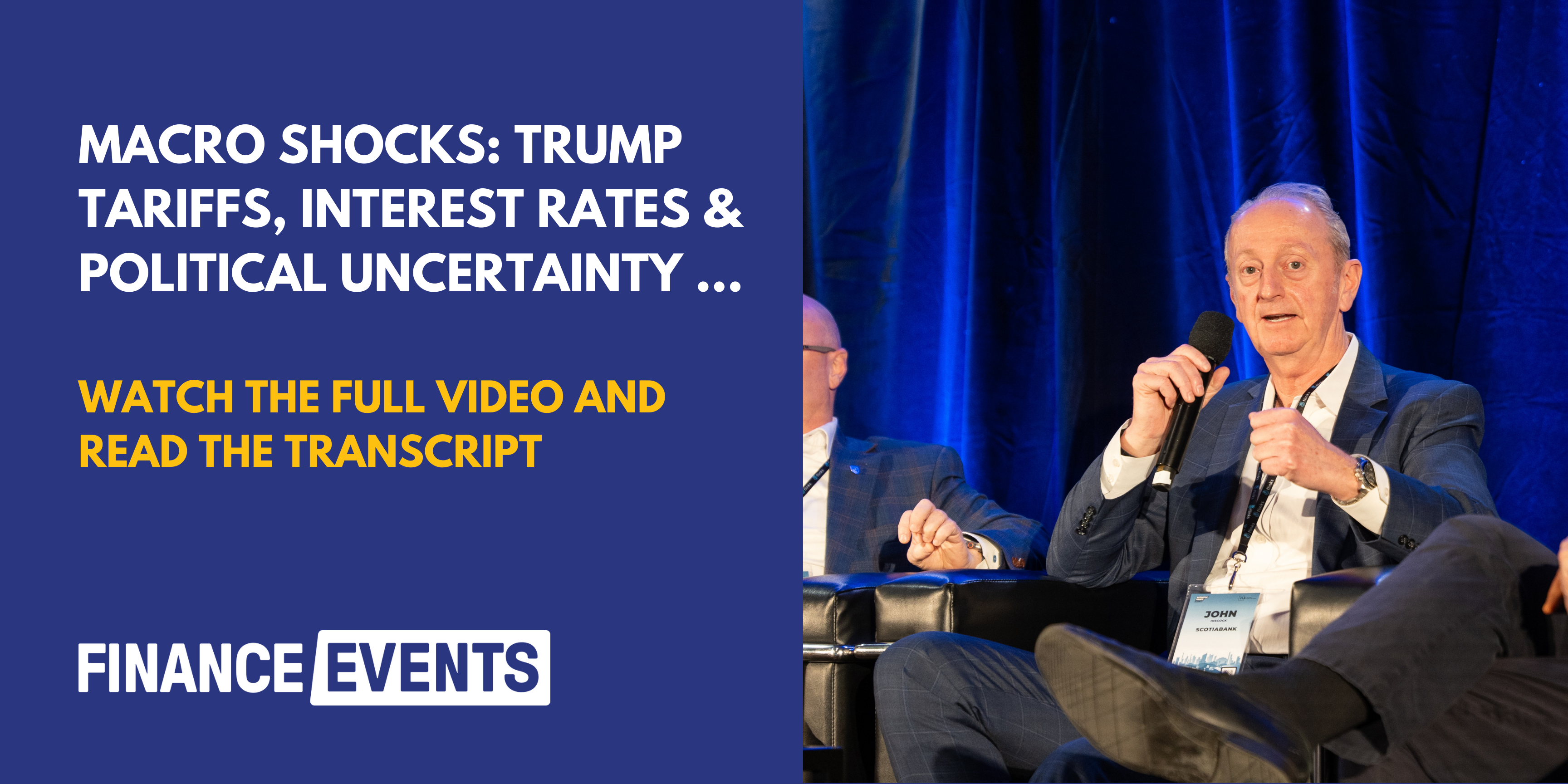Macro Shocks: Trump Tariffs, Interest Rates & Political Uncertainty
Abstract: The discussion, led by Alfred Apps, examines Canada’s economic challenges and the potential impact of tariffs. With a declining birth rate, an aging workforce, and low productivity, Canada’s real per capita GDP ranks worst in the G7 and is projected to be the lowest in the OECD. Tim Tremain highlights concerns over supply chain disruptions and a weaker Canadian dollar affecting auto manufacturing. John Hiscock warns that a trade war could lead to a GDP slowdown, reduced lending, and a potential recession by late 2025. Eric Dillon emphasizes the uncertainty surrounding regulatory responses and the need for lenders to adopt cautious strategies. While diversification beyond North America is complex, Canada has strategic leverage in key resources. The panelists stress that government intervention should be targeted, business regulations need streamlining, and financial technology adoption must improve. Ultimately, stabilizing leadership and making strategic reforms could turn this economic crisis into an opportunity for long-term success.

Alfred Apps: Before we dive in, let’s contextualize the current landscape. Canada is facing significant economic challenges—not just because of tariffs. Consider these alarming statistics:
- Our birth rate has dropped below 1.25.
- Mortality rates are rising.
- Our workforce is aging.
- Labor productivity is declining.
- Our real per capita GDP is the worst in the G7 and projected to be the lowest in the OECD.
On that optimistic note, I want to start with Tim. If the recent tariff announcements proceed, how will that impact your corporate strategy? Not just in terms of pricing, affordability, and customer base, but also in capital sourcing for intermediary borrowers?
Tim Tremain: We have a large U.S. parent company, so I’m not too concerned about capital sourcing, but I do worry about other factors that will affect our ability to lend responsibly while maintaining profitability.
130,000 Canadians were affected by the steel tariff yesterday. Auto manufacturing will face the same supply constraints and inflated prices we saw during COVID. The difference? COVID had a clear end in sight. With tariffs, we don’t know what the other side of the bridge looks like.
A weaker Canadian dollar will send more cars south of the border at trade-in time, disrupting supply further. We’ll need to adjust our approach accordingly.
John, from your perspective, if the worst-case scenario unfolds, what are your primary concerns? And what mitigation steps should the financing industry take in anticipation? I know it’s a tough question, given our era of serious unpredictability.
John Hiscock: First, thank you for having me. It’s great to see such a strong turnout from the lending community.
If we’re talking about a full-blown trade war, the biggest concern for lenders is the economic ripple effect. We learned a lot from COVID-19 about adjusting our risk appetite. It would be difficult to remain aggressive in this space.
Consumers are already tightening spending. Our economic team’s latest forecast predicts a GDP slowdown—even without tariffs. Companies in the U.S. have started cancelling contracts with Canadian businesses, and vice versa.
If a recession hits in late 2025, it will be the first in a long time. Lending, collections, and overall consumer confidence will take a significant hit.
Eric, you’re in a unique position—balancing regulatory frameworks with customer needs. What should we be preparing for in a Trump 2.0 economic climate?
Eric Dillon: The key word here is uncertainty. While political leaders make sweeping tariff announcements, the practical reality is that replacing Canadian imports isn’t simple. The U.S. relies heavily on Canadian materials, particularly steel and energy.
Even if tariffs are imposed, supply chain constraints and economic dependencies make immediate change unlikely. There are also two branches of the U.S. government—Congress and the judiciary—that may push back.
For lenders like us, uncertainty forces caution. We protect capital, refine credit strategies, and avoid high-risk lending. Loan-to-value ratios will tighten, and lenders will focus on precision rather than broad market expansion.
Let’s explore the long-term implications. If Canada diversifies its trading partners and supply chains, how will that affect the automotive industry? Should we be looking beyond North America?
Tim Tremain: Diversification sounds good in theory, but it’s difficult in practice. The average vehicle crosses the U.S.-Canada border seven times during production. The Windsor Chrysler plant alone once employed 38,000 people—larger than many Canadian towns.
Untangling this deeply integrated supply chain isn’t simple. However, we should rethink our dependence on one trading partner. Canada holds significant leverage, supplying 80% of the U.S.’s potash, 40% of its nickel, and 40% of its uranium. We must be strategic in how we navigate these disruptions.
John, given the economic risks, should Canada consider fiscal stimulus measures similar to those implemented during COVID-19?
John Hiscock: The biggest immediate economic indicator is unemployment. If tariffs escalate, we’ll see job losses quickly. That will make lending even more restrictive, as lenders tighten approval criteria.
If government intervention is needed, it should be more targeted than the broad financial aid distributed during COVID-19. We need better data segmentation to ensure aid reaches those most affected, rather than applying a one-size-fits-all approach.
Eric Dillon: There’s a broader opportunity here. The current crisis is galvanizing Canadians around key issues:
- Interprovincial trade barriers remain a major obstacle.
- Canada has lost 100,000 entrepreneurs since 2010.
- Productivity is declining due to regulatory hurdles.
If we simplify business creation, improve capital access, and streamline regulations, we can turn this challenge into a turning point for Canada’s economic future.
Where do you see opportunities for innovation in automotive finance?
Tim Tremain: Digitization is key. Auto lending needs seamless integration between lenders, distributors, and dealerships. Canada lags behind the U.S. in financial technology adoption, making fraud detection and efficiency weaker. A more data-driven approach is essential.
Eric Dillon: Regulatory changes are coming. The U.S. is moving to deregulate its Consumer Financial Protection Bureau, while other countries—like the UK and Australia—are increasing oversight. Whether Canada follows U.S. deregulation or aligns with stricter global standards remains to be seen. Either way, lenders must prepare for evolving compliance requirements.
Final thoughts—what does Canada need to do now?
Tim Tremain: Canada has immense resources, but we haven’t protected or utilized them effectively. Interprovincial trade barriers alone cost our economy significantly. Addressing these internal inefficiencies is just as important as navigating external trade risks.
John Hiscock: Our biggest priority should be stabilizing leadership at the federal level. Political uncertainty only compounds the economic risk. Once we have a clear mandate, we can work toward a coordinated national strategy.
Eric Dillon: Canada has the potential for a major economic turnaround—if we seize this opportunity. With the right leadership and strategic reforms, we can position ourselves for long-term success.
Alfred Apps: Thank you all for this insightful discussion. While the asteroids may be aligning, we’ve seen that necessity breeds innovation, and crisis creates opportunity. Let’s embrace the challenge ahead.
Sign up for our 2026 Summit Series







